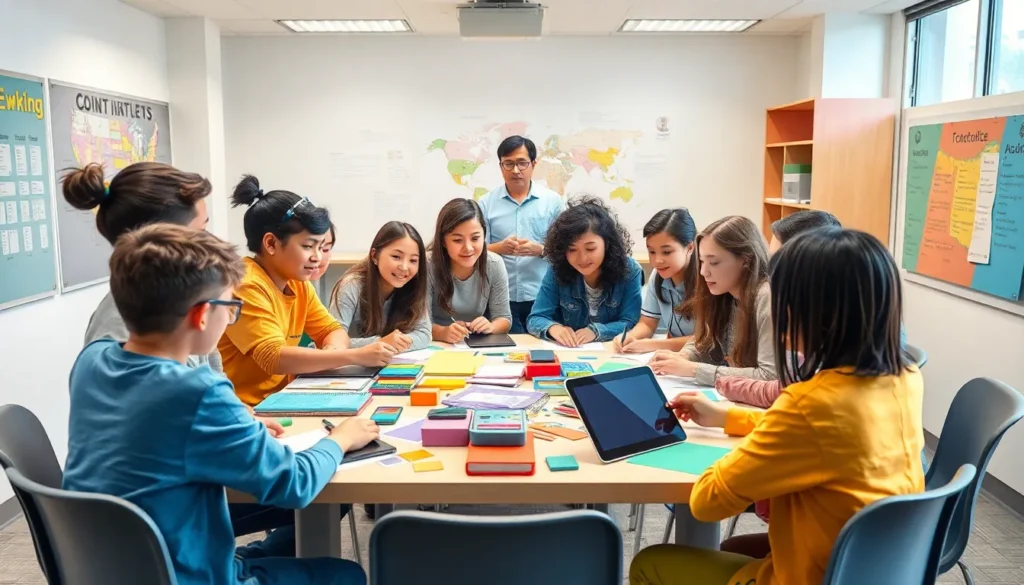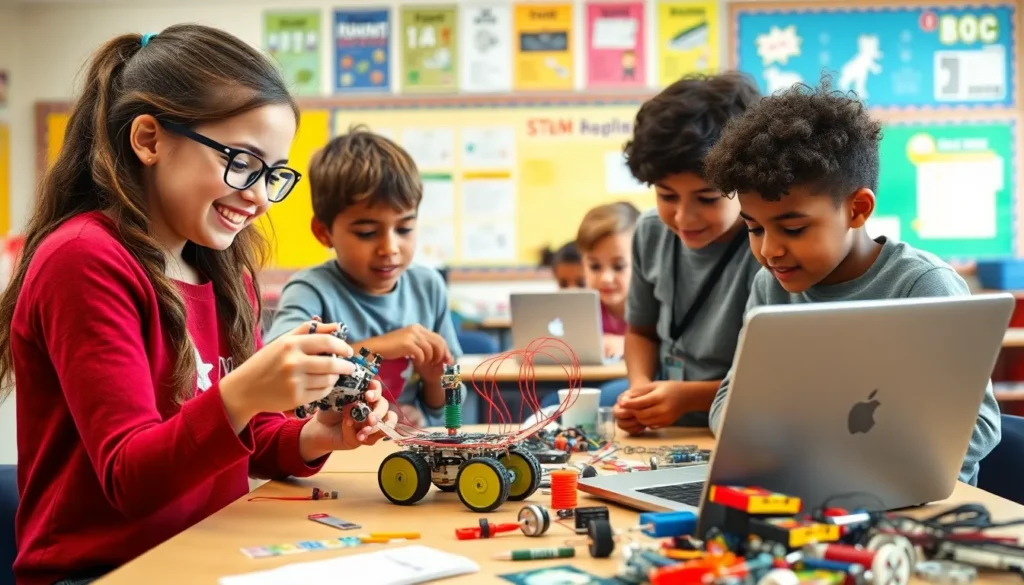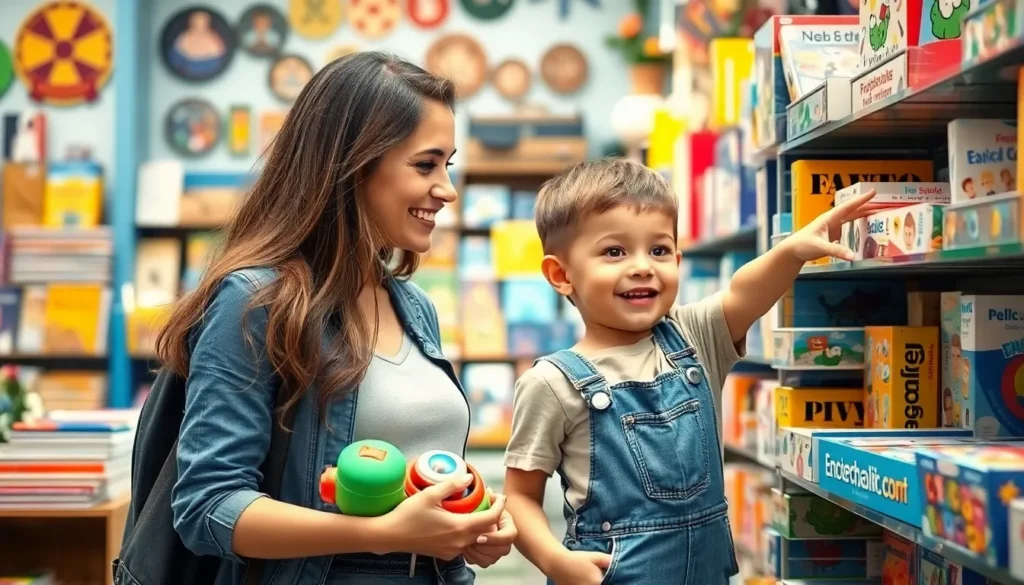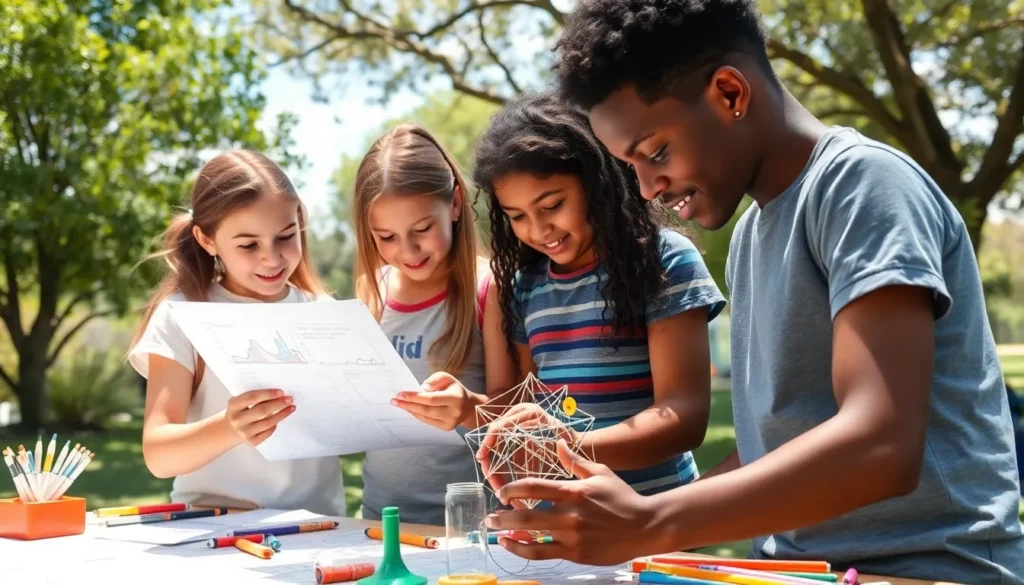Table of Contents
ToggleIn a world where students’ attention spans rival that of a goldfish, traditional teaching methods just won’t cut it anymore. Enter innovative teaching methods—the secret sauce that transforms mundane lessons into engaging adventures. Imagine classrooms buzzing with excitement as students tackle real-world problems, collaborate on projects, and unleash their creativity like never before.
Overview of Innovative Teaching Methods
Innovative teaching methods adapt to the needs of modern students. These methods prioritize engagement and collaboration over passive learning, creating an interactive learning environment. Project-based learning fosters critical thinking by allowing students to work on real-world problems, encouraging deeper understanding.
Flipped classrooms enable students to learn content at their own pace, often through video lectures. Class time then becomes a space for discussions and hands-on activities, enhancing understanding and retention. Gamification incorporates elements of game design into learning experiences, fostering motivation and competition.
Collaborative learning emphasizes teamwork, allowing students to learn from one another. By engaging in group projects, they build communication skills and social connections. Moreover, experiential learning offers opportunities for hands-on experiences outside the classroom, such as internships or field trips, linking theory to practice.
Technology integration also plays a key role. Interactive tools like smart boards and educational apps support diverse learning styles, making lessons more dynamic. Adaptive learning technologies analyze student performance to provide tailored resources, pinpointing areas for improvement.
Blended learning combines traditional instruction with online elements, creating a flexible and personalized approach. This model increases access to resources and accommodates different learning preferences. Ultimately, these innovative methods reshape classrooms into stimulating environments that prepare students for future challenges.
Benefits of Innovative Teaching Methods
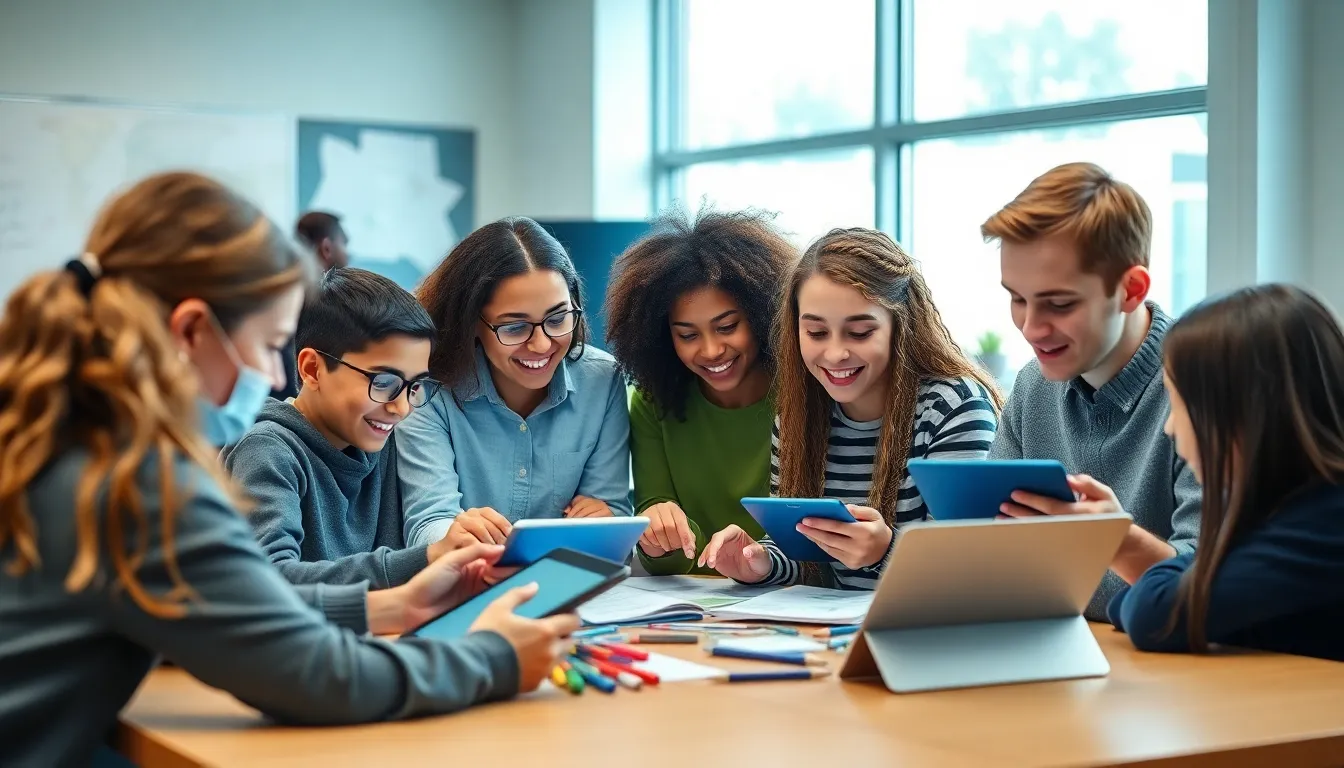
Innovative teaching methods bring numerous advantages to the educational landscape, fostering a dynamic learning environment. These benefits significantly enhance the overall educational experience.
Enhanced Student Engagement
Innovative teaching methods capture student interest through interactive techniques. Active participation keeps students focused, reducing distractions common in traditional classrooms. Project-based learning immerses students in real-world scenarios, encouraging them to collaborate and think critically. Gamification introduces challenges that motivate students to strive for success, making learning enjoyable. The use of technology, like educational apps, caters to various learning styles, ensuring every student finds something relatable. Collaborative activities further promote communication and teamwork, essential skills for future careers. Engaging methods cultivate a curious mindset, making students more eager to discover and explore new topics.
Improved Learning Outcomes
Learning outcomes improve significantly with innovative teaching approaches. When students actively engage in the learning process, retention rates increase. Research indicates that project-based learning helps deepen understanding of subjects, leading to better grades. Flipped classrooms enable personalized pacing, allowing students to grasp concepts before classroom discussions. Experiential learning connects theory to practice, enhancing comprehension and application of knowledge. Adaptive technologies accommodate different learning speeds, ensuring no student is left behind. As a result, innovative methods prepare students to excel in assessments and real-life situations, equipping them with essential skills for future success.
Examples of Innovative Teaching Methods
These innovative teaching methods transform learning into an engaging experience, catering to the diverse needs of modern students.
Project-Based Learning
Project-based learning emphasizes real-world problem-solving. Students collaborate on projects that require critical thinking, creativity, and research skills. In a science class, for example, students might design an eco-friendly community garden. This method promotes deeper understanding as students apply concepts to tangible tasks. Engaging with real-world challenges motivates learners and enhances retention.
Flipped Classroom
Flipped classrooms flip traditional learning on its head. Students access lectures and instructional videos at home, allowing classroom time for discussions and hands-on activities. When arriving in class, students engage in collaborative problem-solving rather than listening to lectures. This structure provides opportunities for immediate feedback and promotes a deeper grasp of subjects. As a result, students often feel more prepared and involved in their learning.
Gamification
Gamification integrates game mechanics into educational activities. Teachers design lessons that encourage competition and rewards, making learning enjoyable. For instance, students might earn points or badges for completing assignments or participating in class discussions. This method increases motivation and engagement, appealing to students’ interests in gaming. Research shows that incorporating gamification can lead to higher retention and improved academic performance.
Challenges in Implementing Innovative Teaching Methods
Implementing innovative teaching methods presents several challenges that educators face in modern classrooms.
Resistance to Change
Resistance to change often hinders the adoption of new teaching techniques. Many educators, accustomed to traditional approaches, may feel uncertain about the effectiveness of innovative methods. This apprehension leads to reluctance in trying new strategies, even when research supports their benefits. For instance, teachers might be skeptical about project-based learning’s ability to enhance critical thinking. Professional development programs that provide training and resources can help ease this resistance. By addressing concerns and showcasing successful implementation stories, schools can foster a positive attitude towards change.
Resource Constraints
Resource constraints significantly impact the implementation of innovative teaching methods. Budget restrictions often limit access to technology and materials necessary for engaging lessons. Schools may struggle to provide tools like tablets or software needed for blended learning or gamification strategies. Additionally, insufficient funding for professional development can prevent teachers from acquiring new skills. Overcoming these obstacles requires creative solutions, such as seeking grants, partnerships, or community support. Ultimately, investing in resources ensures that innovative teaching methods can thrive in diverse classroom settings.
Innovative teaching methods represent a transformative shift in education. By prioritizing engagement and collaboration, these approaches prepare students for the complexities of the modern world. As classrooms evolve into dynamic spaces for real-world problem-solving and creativity, students become active participants in their learning journey.
While challenges exist in adopting these methods, the potential benefits are undeniable. Enhanced retention rates and improved academic performance highlight the effectiveness of techniques like project-based learning and gamification. With the right support and resources, educators can successfully implement these strategies, fostering an environment where students thrive and develop essential skills for their futures. Embracing innovation in teaching not only enriches the educational experience but also equips learners to navigate an ever-changing landscape.

